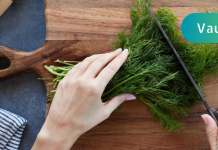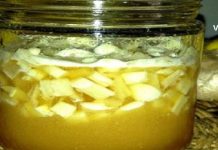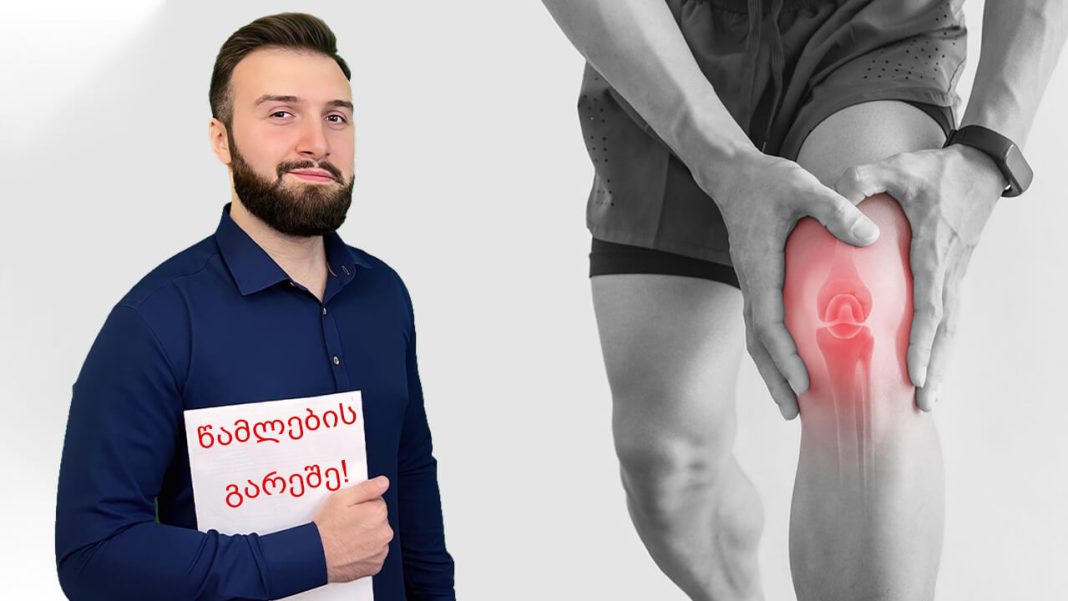Cabbage is a highly nutritious vegetable that is low in calories but rich in vital vitamins and minerals. It is an excellent natural source of vitamin C, potassium, and vitamin K. These nutrients play important roles in maintaining overall health, especially for the immune system, bone strength, and proper blood clotting. Beyond its nutritional benefits, cabbage is widely recognized for its potent anti-inflammatory properties. This makes it an effective natural remedy for alleviating pain and inflammation associated with joint conditions.

Historical and Traditional Use of Cabbage
For centuries, cabbage has been used in traditional medicine to treat a variety of ailments. In particular, it has been applied externally to heal bruises, reduce swelling, and soothe inflamed skin. Its effectiveness is attributed to its high content of bioactive compounds like vitamins, phytonutrients, anthocyanins, and glutamine. These compounds work synergistically to reduce inflammation and support tissue repair, which explains why cabbage is especially helpful for people suffering from arthritis or chronic joint pain.
How Cabbage Helps Joint Pain
Joint pain often stems from inflammation within the joint spaces or surrounding tissues. This inflammation causes swelling, stiffness, and discomfort. The antioxidants and anti-inflammatory compounds in cabbage help to calm this inflammation naturally. Vitamin C supports collagen formation, which is crucial for joint cartilage health, while potassium helps regulate fluid balance and reduce swelling. Vitamin K plays a key role in bone metabolism and repair.
Adding cabbage leaf compresses to your routine is a simple, cost-effective, and natural approach to managing joint pain without the side effects often associated with pharmaceutical drugs.
How to Prepare a Cabbage Leaf Compress for Joint Pain Relief
Using cabbage leaves as a compress is easy and requires just a few simple ingredients and steps:
Ingredients needed:
- Fresh cabbage (red cabbage is preferred for its higher anthocyanin content)
- Aluminum foil
- Paper towels
- A clean cloth or bandage to secure the compress
- Access to a hot oven (or refrigerator for a cold compress)
Step-by-step instructions:
- Carefully separate the cabbage leaves and wash them thoroughly to remove dirt and impurities.
- Pat the leaves dry using a clean towel or paper towels.
- Cut out the thick central vein or stem from the leaves, as it can make the compress uncomfortable.
- Wrap the prepared leaves in aluminum foil.
- Heat the wrapped leaves in the oven for a few minutes until they become warm and pliable. Be careful not to overheat or burn them.
- Place the warm leaves on the painful or inflamed joint area.
- Secure the leaves in place using a clean cloth or bandage.
- Leave the compress on for about one hour.
- Repeat this process three times a day, using fresh leaves each time to maintain effectiveness.
Optional: Cold Compress
If you prefer or find more relief with cold treatments, you can refrigerate the leaves before applying them instead of heating. Cold compresses can help reduce acute inflammation and numb sharp pain, while warm compresses typically improve blood flow and relieve stiffness.
The Science Behind Red Cabbage and Its Anti-Inflammatory Power
Red cabbage contains a class of antioxidants called anthocyanins, which give it its vibrant purple color. Anthocyanins have been extensively studied for their ability to reduce oxidative stress and inflammation in the body. These compounds inhibit inflammatory enzymes and cytokines that contribute to joint swelling and pain. Therefore, red cabbage may be more effective than green cabbage for soothing inflamed joints.
Both green and red cabbage are valuable, especially when dealing with skin ulcers or tissue inflammation, but red cabbage offers an added benefit because of its richer antioxidant profile.
Important Precautions
While cabbage compresses are generally safe and well tolerated, some individuals may have allergic reactions to cabbage. Allergies, though rare, can cause skin irritation, itching, redness, or swelling. If you notice any of these symptoms after applying the compress, remove it immediately. If the irritation persists or worsens, consult a healthcare professional promptly.
Also, if you have any underlying health conditions or are on medication, it’s advisable to speak with your doctor before starting any new home remedy.
Final Thoughts
Incorporating cabbage leaf compresses into your self-care routine is an effective, natural way to manage joint pain and inflammation. Its ease of use, affordability, and safety make it an excellent complementary therapy for arthritis and other joint issues. Many people report feeling significant relief after just one or two treatments, making this ancient remedy worth trying before turning to more invasive or costly options.


















